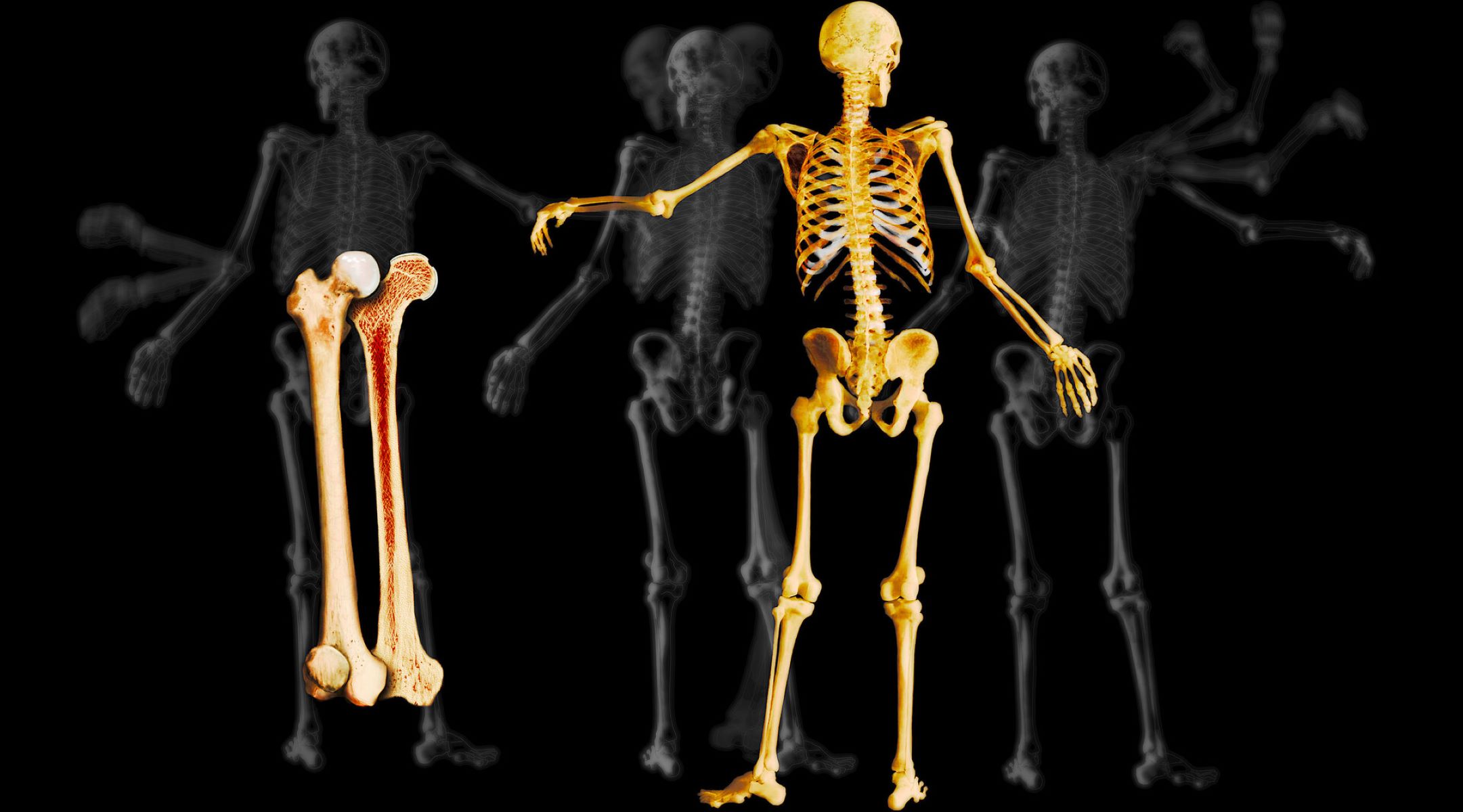
Facial feminization surgery (FFS) is a collection of procedures designed to alter masculine facial features to appear more feminine. Why is FFS important? It plays a crucial role in helping transgender women and non-binary individuals align their physical appearance with their gender identity. This can significantly boost self-esteem and reduce gender dysphoria. FFS can include procedures like rhinoplasty, brow lift, cheek augmentation, and jaw contouring. Each surgery is tailored to the individual's needs, ensuring a personalized approach. Understanding the various aspects of FFS can help you make informed decisions about your journey. Let's dive into 30 fascinating facts about this transformative process.
Key Takeaways:
- Facial Femoral Syndrome (FFS) is a rare condition affecting facial and limb development, leading to physical challenges. It requires medical interventions and emotional support for affected individuals and their families.
- Despite the challenges, individuals with FFS can lead fulfilling lives, excelling in sports, academics, arts, advocacy, and community involvement. Ongoing research aims to improve understanding and treatments for FFS.
What is Facial Femoral Syndrome?
Facial Femoral Syndrome (FFS) is a rare congenital disorder characterized by facial and limb abnormalities. It affects the development of the face and femur (thigh bone), leading to a range of physical challenges. Here are some intriguing facts about this condition.
-
Rare Occurrence: FFS is extremely rare, with only a few hundred cases reported worldwide.
-
Facial Features: Individuals with FFS often have distinctive facial features, such as a small jaw, cleft palate, or ear anomalies.
-
Limb Abnormalities: The condition primarily affects the femur, which may be shortened or absent, leading to mobility issues.
-
Genetic Factors: While the exact cause is unknown, genetic mutations are believed to play a significant role.
-
Prenatal Diagnosis: FFS can sometimes be detected through prenatal imaging techniques like ultrasound.
Symptoms and Characteristics
Understanding the symptoms and characteristics of FFS can help in early diagnosis and management. Here are some key points to note.
-
Asymmetry: Facial asymmetry is common, where one side of the face may appear different from the other.
-
Dental Issues: Dental anomalies, including missing teeth or misalignment, are frequently observed.
-
Hearing Problems: Ear abnormalities can lead to hearing impairments in some individuals.
-
Respiratory Challenges: A small jaw and cleft palate can cause breathing difficulties.
-
Growth Delays: Children with FFS may experience delayed growth and development.
Medical Interventions
Medical interventions can significantly improve the quality of life for those with FFS. Here are some common treatments and therapies.
-
Surgical Corrections: Surgeries to correct facial and limb deformities are often necessary.
-
Orthopedic Devices: Braces and prosthetics can aid in mobility and limb function.
-
Speech Therapy: Speech therapy helps address communication challenges due to cleft palate or jaw issues.
-
Hearing Aids: Devices to improve hearing can be beneficial for those with ear anomalies.
-
Dental Care: Regular dental check-ups and orthodontic treatments are crucial.
Psychological and Social Impact
Living with FFS can have psychological and social implications. Awareness and support are essential for affected individuals and their families.
-
Self-Esteem: Physical differences can impact self-esteem, especially during adolescence.
-
Social Interaction: Social skills training can help individuals navigate social situations more comfortably.
-
Support Groups: Joining support groups can provide emotional support and practical advice.
-
Educational Support: Tailored educational plans can address learning challenges and promote academic success.
-
Mental Health: Access to mental health services is vital for coping with the emotional aspects of the condition.
Research and Future Directions
Ongoing research aims to better understand FFS and develop more effective treatments. Here are some exciting developments in the field.
-
Genetic Studies: Researchers are exploring the genetic basis of FFS to identify specific mutations.
-
Stem Cell Therapy: Experimental treatments like stem cell therapy hold promise for regenerating damaged tissues.
-
Advanced Imaging: Improved imaging techniques are enhancing prenatal diagnosis and early intervention.
-
Multidisciplinary Approach: Collaboration among specialists in genetics, orthopedics, and plastic surgery is improving patient outcomes.
-
Patient Registries: Establishing patient registries helps track the condition's prevalence and treatment efficacy.
Inspirational Stories
Despite the challenges, many individuals with FFS lead fulfilling lives. Here are some inspiring stories of resilience and achievement.
-
Athletic Achievements: Some individuals with FFS have excelled in adaptive sports, showcasing their determination and skill.
-
Academic Success: Many have pursued higher education and achieved academic excellence.
-
Artistic Talents: Creativity often flourishes, with individuals excelling in music, art, and writing.
-
Advocacy Work: Some have become advocates, raising awareness and promoting research for FFS.
-
Community Involvement: Active participation in community activities fosters a sense of belonging and purpose.
The Final Word on Facial Femoral
Facial femoral, a term not commonly heard, holds fascinating facts worth knowing. From its unique anatomical features to its role in various medical conditions, understanding this term can broaden your knowledge of human anatomy. The facial artery, one of the main components, supplies blood to many facial structures, playing a crucial role in facial expressions and overall health. Meanwhile, the femoral artery, located in the thigh, is vital for leg circulation. Knowing these facts can help you appreciate the complexity and efficiency of the human body. Whether you're a student, a medical professional, or just curious, these insights into facial femoral can be both educational and intriguing. So next time you hear the term, you'll have a deeper understanding of its significance and the critical functions it serves.
Frequently Asked Questions
Was this page helpful?
Our commitment to delivering trustworthy and engaging content is at the heart of what we do. Each fact on our site is contributed by real users like you, bringing a wealth of diverse insights and information. To ensure the highest standards of accuracy and reliability, our dedicated editors meticulously review each submission. This process guarantees that the facts we share are not only fascinating but also credible. Trust in our commitment to quality and authenticity as you explore and learn with us.
